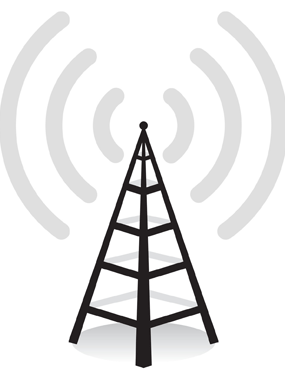The Citizens Broadband Radio Service (CBRS): shared spectrum in the 3.5 GHz “innovation band”

CBRS is an acronym for Citizens Broadband Radio Service, and the upshot for enterprise IT pros is that it could result in improved LTE services from service providers as well as enable enterprises to build their own private LTE networks.
How the 3.5 GHz band suddenly became available for new commercial services:
The freeing up of the 3550-3700 MHz band stems from the 2010 National Broadband Plan issued by the FCC, which set out to make 500 MHz of additional spectrum available for new mobile uses. The FCC zeroed in on the 3.5 GHz band (which has dubbed the “innovation band”) in rules issued in April of 2015, then reaffirmed those rules about a year later.
Carriers look forward to extending coverage and capacity of their LTE services via the 3.5 GHz band. As we know from their efforts to horn in on the 5 GHz band used for Wi-Fi via a technology called LTE-U, carriers seek access to more spectrum. But cable operators looking to get into wireless also want in on this action, as will assorted managed service providers, which could include building management companies. What’s more, enterprises could use the spectrum to set up their own LTE networks, including to support internet of things devices. LTE services in the 3.5 GHz band will work indoors and outdoors.
The applications will CBRS be used for:
Service providers are expected to use CBRS to replace last-mile fiber access, deliver fixed wireless services and even point-to-multipoint offerings. Enterprises and managed service providers could exploit the 3.5 GHz band for IoT connectivity and even for Wi-Fi replacement or supplementary services. LTE services could hit 1Gbps indoors and maybe 5 or 10 times that for outdoor uses with line-of-sight access. CBRS backers say the economics of this technology are much better than those of distributed antenna systems and they contend the speed and consistency of service will be much better than Wi-Fi. CBRS supporters also say imaginative new services will be enabled by availability of more cheap spectrum: Nokia, Qualcomm and Google parent Alphabet’s Access group recently demoed a private LTE network over CBRS at Las Vegas Motor Speedway designed to give fans a 360-degree virtual reality view into speeding race cars in real time.
Software, equipment and services to support all this:
Almost 40 vendors, from the Big 4 carriers to service provider equipment vendors Ericsson and Nokia to enterprise equipment companies like Cisco and Ruckus to chipmakers like Intel and Qualcomm have banded together in the CBRS Alliance. Expect smartphone and computer makers to join too, once carriers make their requirements clear. Samsung already belongs to the CBRS Alliance. Apple? “Apple will follow the market. Apple will get here,” says Iyad Tarazi, CEO of CBRS Alliance founding member Federated Wireless. “We’ve been careful at this stage not to focus on the handset makers because that relationship is typically owned by the carriers. What we have focused on is making sure the chipsets and modems and all of the capabilities are coming this way.”

What this means for 5G wireless:
While the initial talk about CBRS focuses on 4G LTE services, there are no restrictions on using the 3.5 GHz band for 5G services as they emerge. In fact, it’s quite likely that the band will be used for 5G, and that might synch nicely with services offered in other countries that are actually targeting the band for 5G services. What’s more, the 3rd Generation Partnership Project (3GPP) is making moves to enable 5G radios to work in shared spectrum environments.
For Further Information
Please Contact Us
